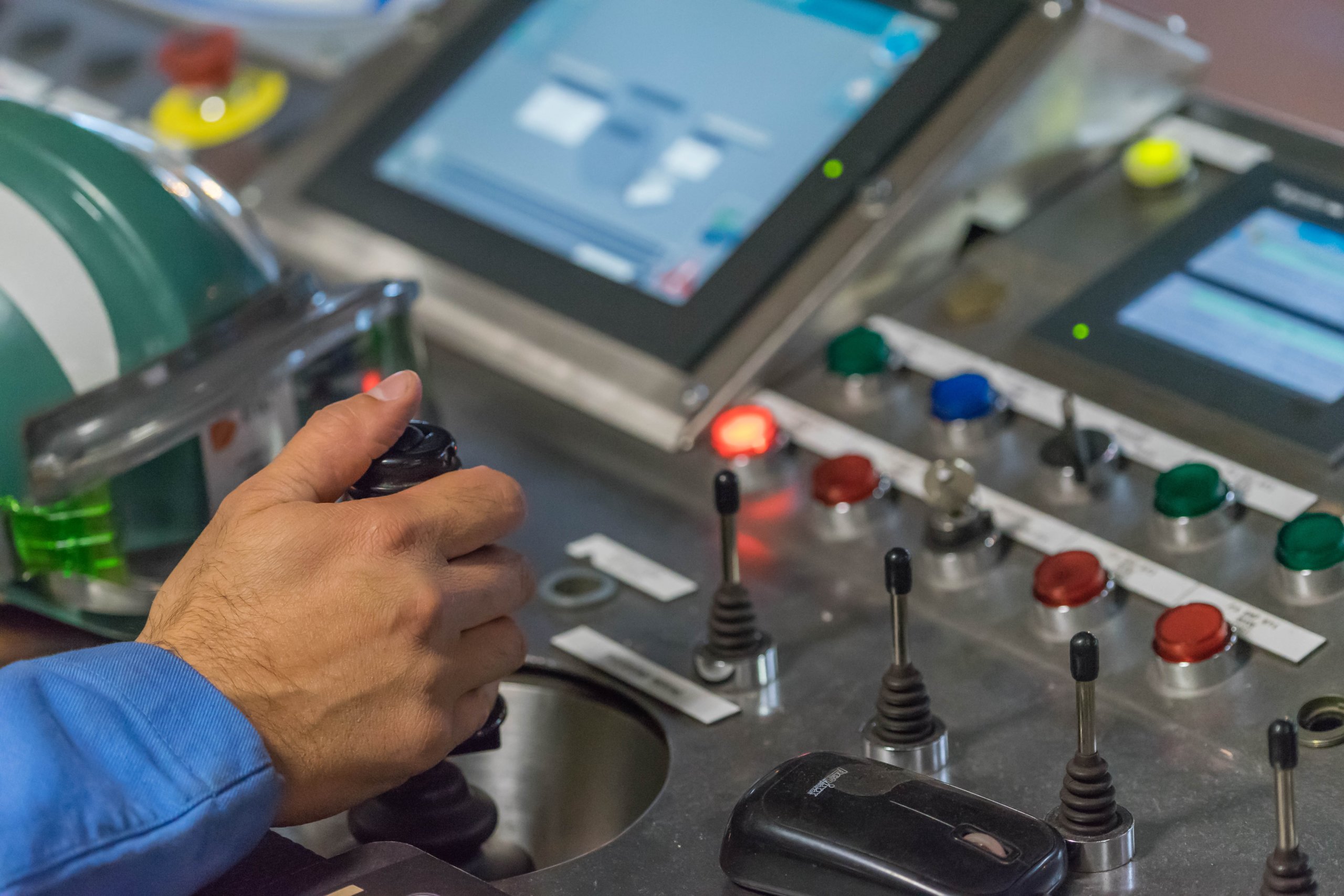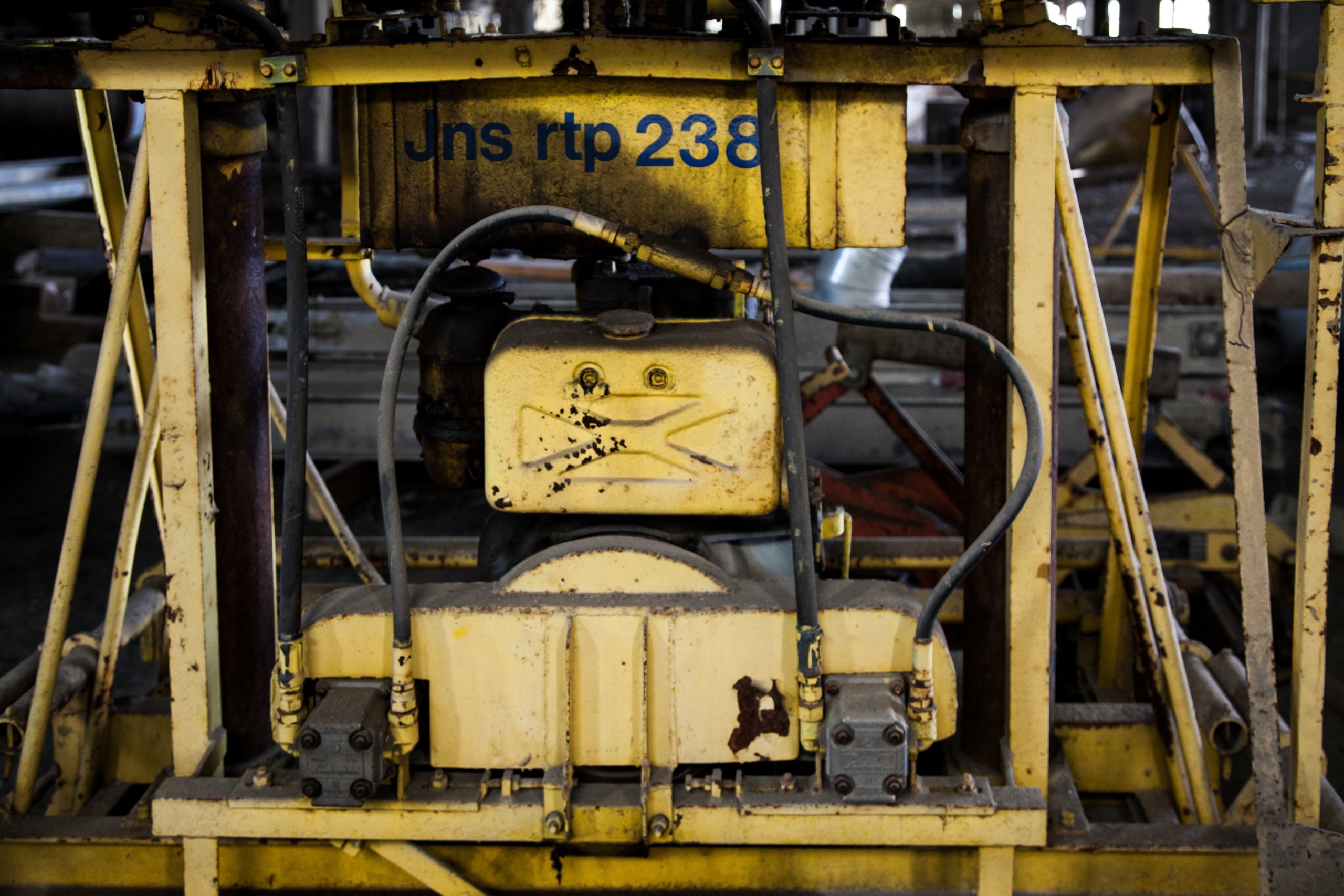A Short Guide to Using IoT for Predictive Maintenance
July 30, 2020 - 7 minutes read Does your company have an Internet of Things (IoT) system up and running? Here’s an easy way to increase your return on investment: Use your IoT capabilities to track your machinery for predictive maintenance.
Does your company have an Internet of Things (IoT) system up and running? Here’s an easy way to increase your return on investment: Use your IoT capabilities to track your machinery for predictive maintenance.
As the old adage goes, maintenance is always better than repair. By preventing equipment failure through early maintenance, rather than late repairs, operations downtime will become a thing of the past. Best of all, your bottom line won’t be impacted by in-house machinery lapses.
IoT applications can be used to analyze data related to your machines, like temperature, room humidity, usage, power cycle history, engine speeds, pressure, and more. When your IoT system knows what “normal” data looks like, it can quickly alert you of abnormal data points, allowing you to take the appropriate measures to ensure your equipment continues to function as it should.
This article provides a short overview of how IoT enables unparalleled predictive maintenance for industrial processes and enterprise operations.
Predictive vs. Preventative Maintenance
Before IoT, machine operators and mechanics would maintain machines at regular intervals. This usually resulted in them either not having enough to do or having too much to do in one visit. In fact, experts estimate that half of all manually-scheduled maintenance is futile. It wastes time, resources, and efforts of multiple parties, and that obviously takes a toll on productivity.

IoT helps companies streamline maintenance schedules, monitor machinery conditions on the production line, and harvest data in real-time, which lets companies maximize their output, lower overall costs, and work on improving their products.
Preventative maintenance relies on visually inspecting machinery in addition to routine checks into the machine’s health, and it offers a limited view into the inner workings of the machine. It helps engineers pinpoint what already malfunctioned, but it doesn’t help narrow down what may malfunction next.
With predictive maintenance, an analytical approach is employed to compare historical data to real-time data. This helps IoT software find when a machine’s output has slowly decreased or if the machine is overheating more often than usual, for example.
Setting Up Predictive Maintenance
There are several essential parts of a working predictive maintenance solution. This includes sensors that collect data, a data transfer mechanism that helps data move from the machinery to a secured data storage system, a data storage system that organizes and stores information, and a predictive data engine that uses machine learning applications to transform the raw generated data into actionable analysis for the machine operator. Lastly, root cause analysis is needed for specialists and engineers to investigate the issue and determine what action to take afterward.

In short, the more data your company has to work with, the faster it can get up and running on machinery predictive maintenance. For the most effective predictive maintenance system, assess what failure means for each machine or equipment. This includes sensor data, manufacturing assets, predictive analytics, communication procedures, and dashboard alerts.
Set up a visual system so engineers can take a quick glance at the production line to check on the machines. This type of visualization should include dashboards, data flow, and the logic of the system. This way, there are no discrepancies between engineers and the systems administrator on how the controls logic is set up.
Working with Predictive Maintenance
When companies begin using predictive maintenance, they see two major benefits almost immediately. First, machine downtime is reduced, which has led to a 20-50% reduction in maintenance time and a 5-10% reduction in maintenance costs. Second, unnecessary maintenance flies out the window, extending the overall life of the machine.
Since this technology has been out for a few years, manufacturing companies have found inventive ways of using it, from implementing it throughout an entire factory to monitoring a single but critical equipment part. Businesses that make products on a mass scale, like toys or food, can reduce product defects and save more supplies with predictive maintenance.
This method of optimizing business resources is becoming known as “Quality 4.0”, in line with the “Industry 4.0” that IoT ushered in.
Industry Best Practices for Predictive Maintenance
Two common approaches to predictive maintenance are rule-based and machine learning (ML). In rule-based monitoring, sensors collect and aggregate data about equipment, sending alerts based on predefined thresholds. In this method, production, engineering, and customer service teams must work closely together to understand the factors and causes that could lead to machine failure.
Once the causes and factors have been mapped out, a virtual model of the system can be built, helping all teams visually understand how the IoT system reads the machine’s behaviors. Although this approach is helpful, it relies on the understanding of which environmental and mechanical occurrences have to be monitored.
The second method, ML, can add a layer of automation to an IoT system’s model of predictive maintenance. Although this approach is still relatively new, many companies globally have benefitted enormously from using ML. This technology helps users understand and analyze more data than they normally would, which lets them develop accurate actionable insights that can maintain production levels with ease.
ML also provides flexibility for engineers by giving the option of running ML algorithms supervised or unsupervised. Engineers can place some machines on supervised while others can be unsupervised, which truly optimizes maintenance.
Remember: Maintenance Is Better Than Repair
IoT is helping businesses from Beijing to New York improve their bottom lines in more ways than one. As businesses begin to adapt an Industry 4.0 approach to their operations, IoT continues to provide solutions more creative and flexible than we previously thought possible.
Does your company use IoT in conjunction with rules-based or ML-enabled predictive maintenance? Is this something you’re interested in implementing? As always, let us know in the comments below!
Tags: app developer nyc, app developers NYC, app development NYC, industrial IoT, industry 4.0, internet of things, internet of things app developer, internet of things app developers, internet of things app development, IoT app developer, iot app development, IoT app development NYC, IoT predictive maintenance, machine learning apps, ML predictive maintenance, NYC app developers, Quality 4.0








